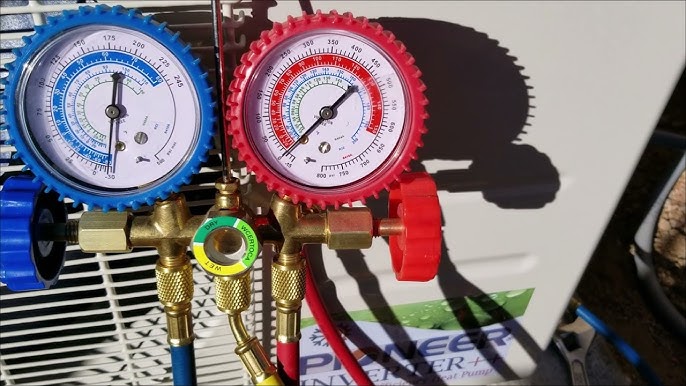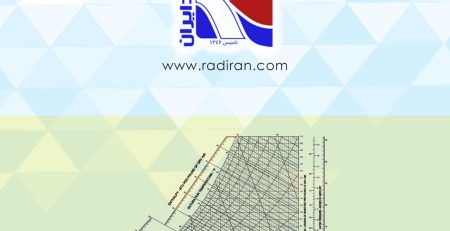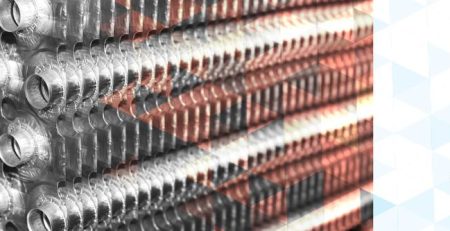What is Evacuation
Q: What is the purpose for ‘evacuating’ a refrigeration system? Evacuating a refrigeration system serves two primary objectives: 1. Removes non-condensables 2. Dehydrates (removes water vapor) If non-condensables such as air are not removed, the system will operate at higher than normal condensing pressures. This happens because the air is trapped at the top of the condenser, effectively reducing the condenser capacity. Increasing the condensing pressure results in higher compression ratios and higher discharge temperatures, both of which decrease system efficiency and can lead to decreased reliability. Water vapor must be removed from refrigeration systems for several reasons. The water vapor can cause a ‘freeze-up’ at the expansion device (TXV or capillary tube) causing a complete loss of refrigeration effect. Moisture, refrigerant and heat can also combine to form acids. These acids mix with oil and metal wear particles resulting in the formation of sludge. This sludge tends to collect at the hottest areas, usually the discharge valve plate and if allowed to build up can prevent the discharge valves from properly sealing. Q Q: Does evacuation actually pull liquid water out of the system? No, evacuation will not pull liquid water out of the system. When you evacuate a system you are actually dropping the pressure sufficiently to allow water to “boil” at room temperature. As the water boils, it of course changes to the vapor state, and this vapor is drawn out by the vacuum pump.
Q Q: : H Ho ow w l lo ow w a a v va ac cu uu um m d do o I I n ne ee ed d t to o p pr ro op pe er rl ly y e ev va ac cu ua at te e m my y s sy ys st te em m? ? Modern deep vacuum pumps should be used for this purpose. These pumps have the ability to evacuate down to 20 Microns in field situations. Equipment manufacturers should be consulted to determine their recommended vacuum levels, however, if a vacuum of 250 Microns can be achieved, that is usually considered adequate. Care must be taken to assure that the vacuum measured at the gauge is equal to the vacuum level in the system being evacuated. Use as large a hose as possible to connect the evacuation equipment to the refrigeration system. It is also advisable to remove any Schrader cores prior to connecting evacuation lines so as to eliminate large pressure drops. Once the system is evacuated, it is also advisable to isolate the pump from the system and observe if the system holds its low vacuum. Some increase is acceptable (up to about 500 microns) but if the system vacuum level exceeds that a second and even third evacuation may be needed. If during the equalization time the system vacuum level goes back to atmospheric it is an indication that a leak is present. If a vacuum pump is no longer able to pull a deep vacuum, it is usually an indication that the oil in the pump is contaminated and must be replaced. Be sure to use oil specifically produced for vacuum pump applications. This oil has a much lower vapor pressure than conventional oils. It is advisable to replace the vacuum pump oil at regular intervals usually after each use to make certain a low vacuum level can be achieved. The oil should be replaced while still warm enabling better drainage. Q: What is a micron? A micron is a metric measure and is defined as 1 millionth of a meter or 1 thousandth of a millimeter. Most people in the US think of a perfect vacuum as 30 inches of Mercury (Hg). The last inch (from 29-30) of vacuum is equal to 25,400 microns. The micron then is a much more precise method for measuring deep vacuums. Micron = 0.001 mm Hg = 0.000039 inches of Hg = 1 millitorr












